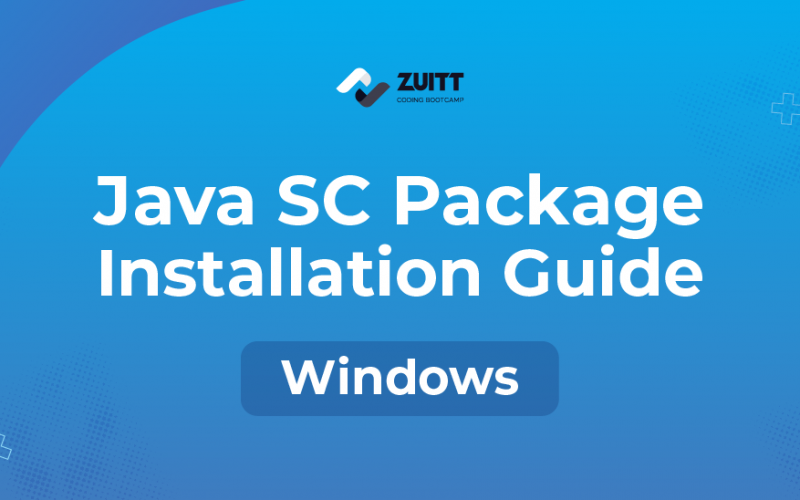Instruction Links
Note:
- If the version number installed in your device is lower than the version provided in the screenshots, follow the steps below to install the updated version of the applications.
- If an updated version of the above provided applications are already installed in your device, the following instructions will still work with minor differences in the version of the app you’re shown in the output which should have no impact during the course of the BootCamp.
Google Chrome
Go to the home page
On the home page, click the Download Chrome button.
A popup will show, click the Accept and Install button.

You will be prompted to download an installer after that, you can save the installer in your Downloads folder.
Use the installer
Execute the ChromeSetup.exe file that was downloaded earlier.
If the User Account Control dialog shows up, click Yes.
The installer will download the necessary files to actually install Google Chrome.
After the installation, the Google Chrome window will automatically open.
Git
Use the installer
Execute the downloaded installer.
If the User Account Control dialog shows up, click Yes.
Click Next.
Let the destination location be in C:\Program Files\Git and click Next.
Do not change the default selected components and click Next.
Allow the installer to create a Start Menu folder and click Next.
Do not change the default editor to be used by Git and click Next.
Allow Git to be used in command-line and from 3rd party software then click Next.
Do not change the HTTPS transport backend to be used and click Next.
Do not change the default line ending conversion configuration and click Next.
Do not change the default terminal emulator for Git bash and click Next.
Do not change the configuration of extra options and click Install.
Wait for the installer to finish.
Uncheck View Release Notes and click Next to close the installer window.
Verify installation
To verify installation of Git, press Windows Key + R then type cmd to open a command prompt.
Inside the command prompt, type git –version to output the version of the installed program.
IntelliJ
Use the installer
Go to the official download page for Windows and download the executable file for the community edition
Run the .exe file, click on the Next button.
Click on Next button again.
Tick the options for Create Desktop Shortcut, Update Path Variable and Create Associations as shown below and click on the Next button
Click on the Install button and wait for the installation to finish.
Reboot/restart your device to complete the installation.
Verify installation
After installation, open intelliJ and if it opens successfully then it has been installed properly.
XAMPP
Use the installer
Execute the downloaded installer.
If the link to the installer in the download link section provided above does not work, you may download the installer here.
The link provided above will redirect you to a list of installers. Press Ctrl + F on your keyboard to open the find in page menu.
Look for the installer (xampp-windows-x64-8.1.25-0-VS16-installer) with the exact same name as provided in the screenshot above.
Click the link to download the installer.
If the User Account Control dialog shows up, click Yes.
If the following warning shows up, continue by clicking Ok.
Click Next to continue.
Select all components and click Next.
Set the installation folder to C:\XAMPP then click Next.
Uncheck the Learn more about Bitnami for XAMPP and click Next.
Click Next to start with the installation.
Wait for the installer to finish.
During the installation, a Windows Security Alert will show. Click Allow access to continue.
Make sure that Do you want to start the Control Panel now? is checked and click Finish.
Verify installation
For first time use, a language popup will show to select the language to be used. Click Save using the selected default (US English).
Click Start on both Apache and MySQL to start their servers.
When starting the MySQL server for the first time, a Windows Security Alert will show up. Click Allow access to continue.
The interface should look like this after starting the servers.
Open Google Chrome and go to localhost/phpmyadmin to confirm that the phpMyAdmin web program works properly.
If you’ve stumbled upon this blog post and aren’t a bootcamper, you can begin your bootcamp journey with Zuitt by clicking this link:



